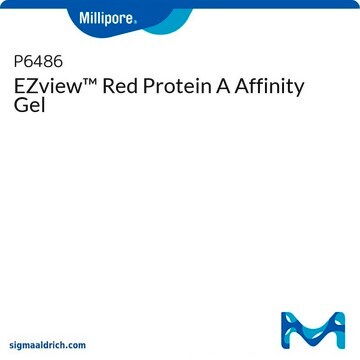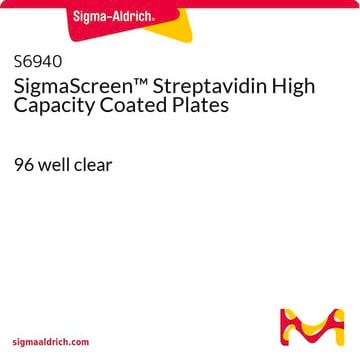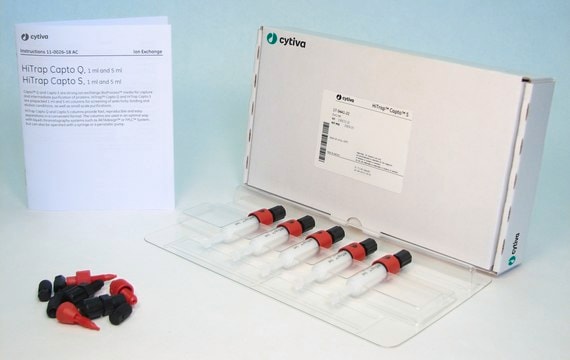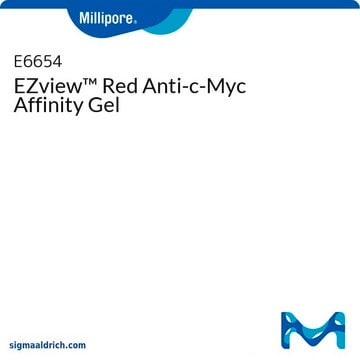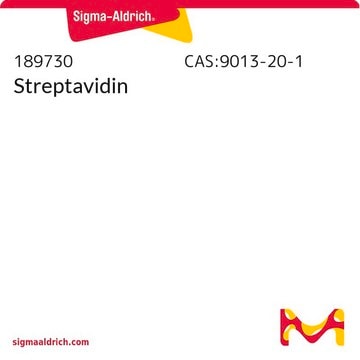E5529
EZview™ Red Streptavidin Affinity Gel
About This Item
Produtos recomendados
forma
suspension
prazo de validade
1 yr
técnica(s)
western blot: suitable
matriz
4% agarose
pH
7.2
capacidade
~10 μg(biotin per ml of packed gel)
Condições de expedição
wet ice
temperatura de armazenamento
2-8°C
Descrição geral
cyanogen bromide-activated 4% agarose beads. It is designed to capture (pull-down) the biotinylated target molecules, such as proteins, peptides, antibodies, nucleic acids, lectins, receptors and ligands.
Aplicação
Características e benefícios
- Increased visibility - Red color reduces risk of incidental aspiration
- Improved recovery of target protein by reduced accidental loss
- Higher reproducibility - More consistent yields
forma física
Informações legais
Código de classe de armazenamento
10 - Combustible liquids
Ponto de fulgor (°F)
Not applicable
Ponto de fulgor (°C)
Not applicable
Certificados de análise (COA)
Busque Certificados de análise (COA) digitando o Número do Lote do produto. Os números de lote e remessa podem ser encontrados no rótulo de um produto após a palavra “Lot” ou “Batch”.
Já possui este produto?
Encontre a documentação dos produtos que você adquiriu recentemente na biblioteca de documentos.
Os clientes também visualizaram
Conteúdo relacionado
Ensaios, reagentes e protocolos de “pull-down” para investigar interações proteicas in vitro usando métodos de afinidade ou de pull-down com GST, purificação por afinidade em tandem (TAP) e de coimunoprecipitação.
Investigate in vitro protein-protein interactions with pull-down assays, utilizing affinity, GST pull-down, TAP, and co-immunoprecipitation methods.
Nossa equipe de cientistas tem experiência em todas as áreas de pesquisa, incluindo Life Sciences, ciência de materiais, síntese química, cromatografia, química analítica e muitas outras.
Entre em contato com a assistência técnica

